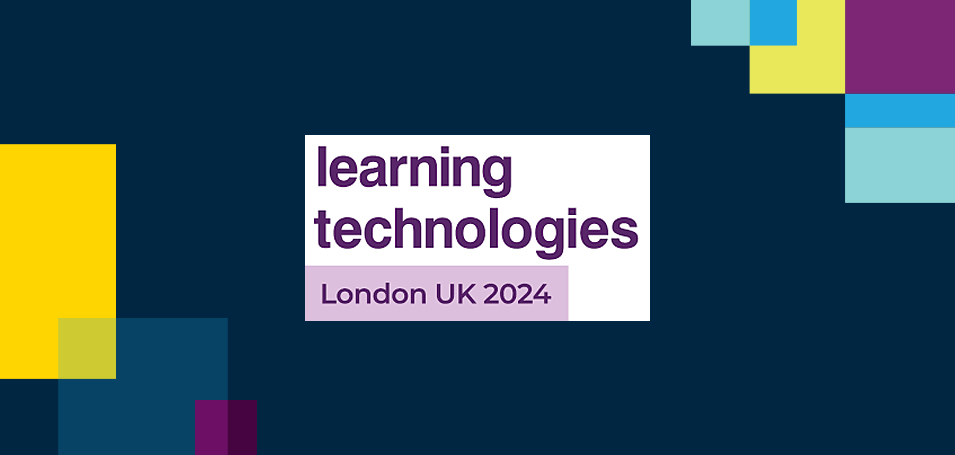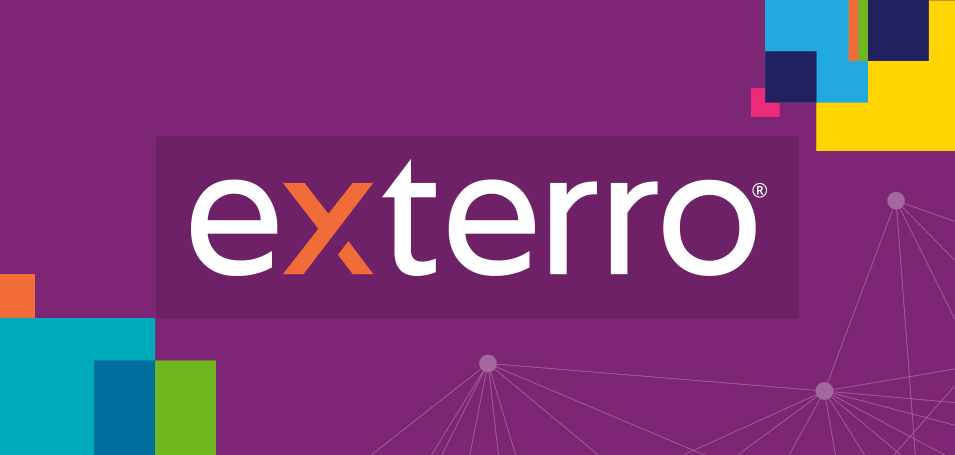As co-host of the CELab podcast, I can’t get enough of chatting about Customer Education – especially when it comes to new innovations in the space. As we get ready for another turn around the sun, I recently sat down with Paul Merrylees, VP Product Marketing and Content at Thought Industries for a cozy fireside chat.
Together, we looked ahead to 2024 and discussed welcoming in the looming shadow of AI, the importance of personalization, and how to increase the velocity of the customer education workflow. If you missed the live event, you can watch it here, or keep reading for your highlights!
Looking Towards 2024: The Year of AI?
It’s so important to listen and grow, and that’s something I’ve focused on in 2023. I spent a lot of time going to events, meeting people, networking, and finding out what’s happening in this space. After all, if we aren’t looking, hearing and learning, we’re in trouble. The market is changing under our feet, and it’s time to get ready!
AI is a huge part of that change, and it’s one topic that came up time and time again as I attended events. There’s a lot of fear around it, but for me I think there’s a real message of hope, too.
I truly believe that AI is going to help us all to elevate what we can do, and we’re actually going to need more people in place to help get the most out of those tools. As knowledge workers and educational professionals, Paul and I both agreed that we’re well-placed to help customer education leaders and teams roadmap this revolution.
Lessening the Load for Lean Education Teams
One place that AI-based tools can make a real difference is for smaller or more lean education teams, who struggle with the reality that “once we’ve built our training program, we have to maintain it!”
Customer Education must move at the speed of the product, and if the product is growing and education doesn’t keep up — you’re failing. Your job is immense, and once an Academy or University is up and running, it certainly needs maintaining.
Some awesome tools that can make a difference include:
- Videate: a video AI platform that can take a two-column script for visuals and audio and allows you to construct a video in seconds.
- Bongo: an AI coaching tool that ensures trainers are hitting all the right notes, offering guidance, feedback and support to help businesses to scale.
- Chorus: AI-based feedback that captures customer interactions to show you what to do to improve.
I could go on, but the main thread that collates all of these tools is that rather than taking your job, these AI tools help you 10x the amount of work you can achieve. That could be freeing up your team to focus on building more engaging content elsewhere, having increasingly strategic conversations, or finally staying ahead of the pace of the product life cycle!
The Growing Importance of Personalization
Another powerful advantage of AI is the ability to give attention to each individual learner in a way that we could never have even considered before.
We have the ability to translate on the fly now, so localization has become a whole lot easier, translating what’s being heard for different audiences. AI tools increase your velocity as you expand across different audiences, and give you a huge lift in both speed and time to market.
I like to say we aren’t looking to get a perfect solution. Of course accuracy may not be perfect — but our goal is to get our content out there and consumed, and allow us to focus on more strategic and human roles within the business. When content is being updated quickly and automatically, we can focus on the joy — finding new use cases, building premium work, supporting customers, and really doing the things that matter.
Customer Education as a Strategic Function in 2024
I like to say that in a lot of cases, success is a race between education and apocalypse. After all, it’s an apocalypse if you can’t unlock the customer value of using your solution. Your job may be on the line, your whole company may be on the line! That’s why I believe there will be more emphasis on knowledge-led growth in 2024. This is where you’re keeping pace with change. You’re empowering customers to be able to unlock value, and to be able to do their tasks easier or more accurately with the help of your education.
Paul tasked me with filling out a prescription for knowledge-led growth and customer education success in 2024 — and it was a fun challenge! Here’s what I think:
- Understand your North Star: No one cares about whether you build a course or not. The real goal is the outcome behind the class, whether that’s fixing a churn problem, creating brand ambassadors, or reducing support tickets. Reframe your goals and approach for your education to suit that outcome.
- Probe the leadership: Even at the interview stage, understand who you’re working with. Do the C-suite understand the role of customer education? Where is the business going, and what are its goals? Do you have the tools in place to measure the impact of education, and the business support to scale?
- Lean on a community: By opening up our companies to learn in new ways, such as social communities and social media, we can leverage these as part of the fabric of learning, and see a real spike in adoption over time. It’s engagement, it’s how we interact and learn today, and it shouldn’t be ignored.
Our fireside chat certainly brought the heat! To hear more of our insights, including our own new years’ resolutions for 2024, you can watch the full chat here.



